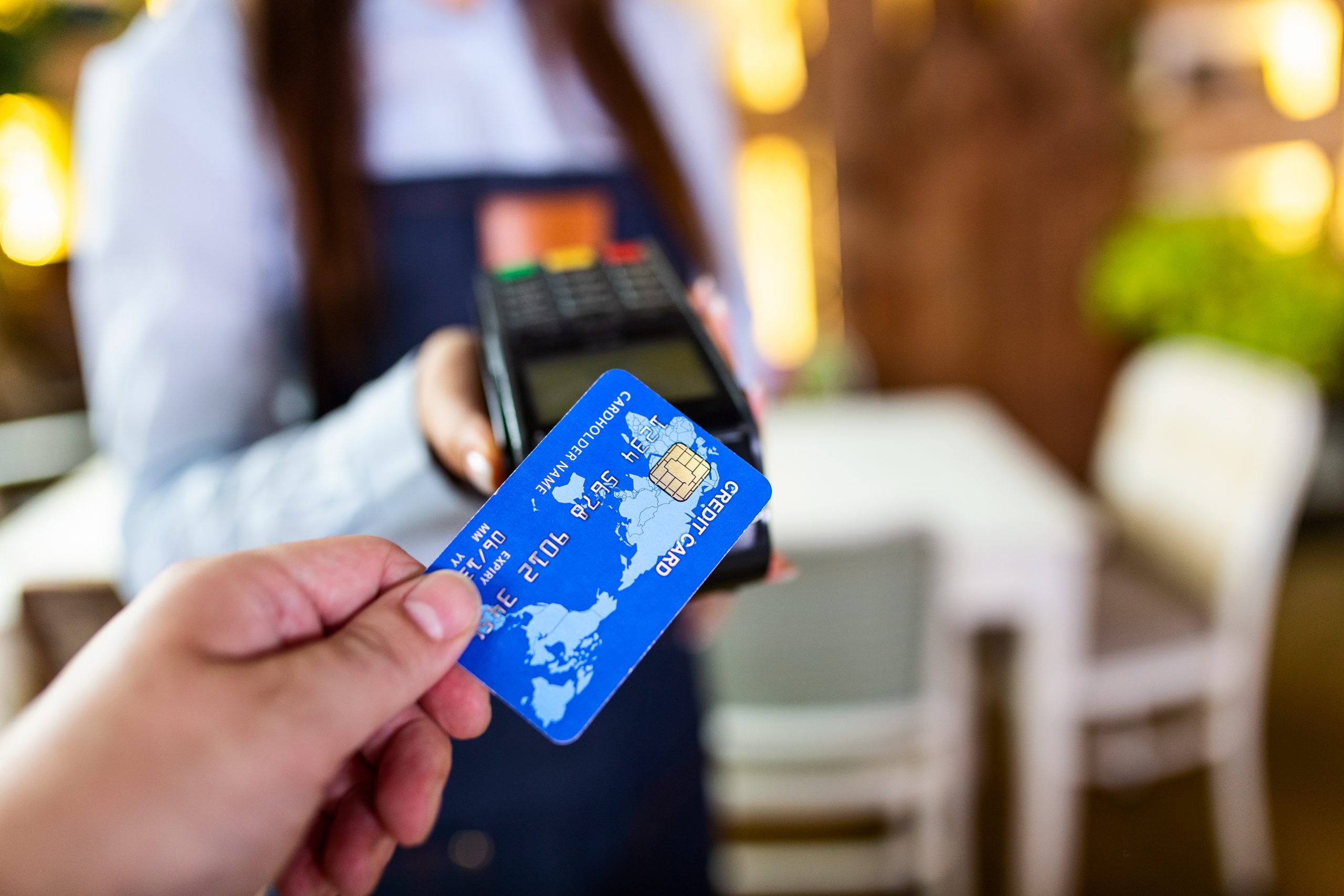How to
Contactless limit is rising: how to protect your money

The contactless spend limit is increasing to £100 on Friday, from £45.
Shoppers will be able to make up to five payments using contactless before chip and pin is required.
While the move will make shopping more convenient, there are fears it could lead to a spike in thefts.
Nick Fryer, of card machine provider, Dojo, has come up with six ways to protect your cash…
Check your bank statement regularly
Something that we have access to, yet almost always forget. Often with contactless payments we forget to check our bank statements, so can lose track of our outgoings.
A good tip is to make sure you keep a log of your transactions, so if you have a statement of money that looks odd, you can check it straight away. Ensure you set up biometric login on your devices if possible. This reduces the chances of your passwords being compromised.

Wellness and wellbeing holidays: Travel insurance is essential for your peace of mind
Out of the pandemic lockdowns, there’s a greater emphasis on wellbeing and wellness, with
Sponsored by Post Office
Check if your bank allows you to set a contactless limit
Halifax, Lloyds and the Bank of Scotland are allowing their customers to choose their own contactless spend limit. This is helpful for consumers who want tighter control over their spending limits for budget control.
If you’re concerned about how the £100 limit may affect your spending habits, check if your bank sets a limit. If not, there are debit and credit cards that allow you to set budget goals.
Turn your online banking notifications on
Most online bank providers allow you to turn on notifications to notify you when a payment is taken from your bank account. This is a great way to stop any unwanted surprises when you go to check your bank statement. It is also a great way to keep track of your spending and outgoings on a monthly basis.
Spread your money across different accounts
Once you have your salary for the month, try splitting it across different accounts. Bills can go into one account whereas shopping and socialising can go into another. If money goes missing, you will have money in these other accounts, so you’re not losing months’ worth of salary in one go.
Know the signs of a scam
Since the beginning of the pandemic, there has been a rise of scammers targeting people online. Through impersonation scams, romance fraud and investment scams, consumers have been at even more risk than before to be victim to an online scam. Therefore, it is essential to know the signs of a scam to keep your finances secure. For example:
- If someone you don’t know randomly contacts you
- You are pressured into buying something
- You are asked to pay in an unusual way, such as cryptocurrency, gift cards or wire transfer.
Use a protective cardholder
Purchase a protective cardholder that blocks out radio signals used by fraudsters to activate your contactless when they walk past you.
With fraud on the rise during Covid-19, criminals have become more tech-savvy and while it’s an unlikely event, there’s a small possibility they could steal your card details just by being in your close proximity. The physical card does not even need to be stolen, the details of the card can be taken from you and used elsewhere on the internet.